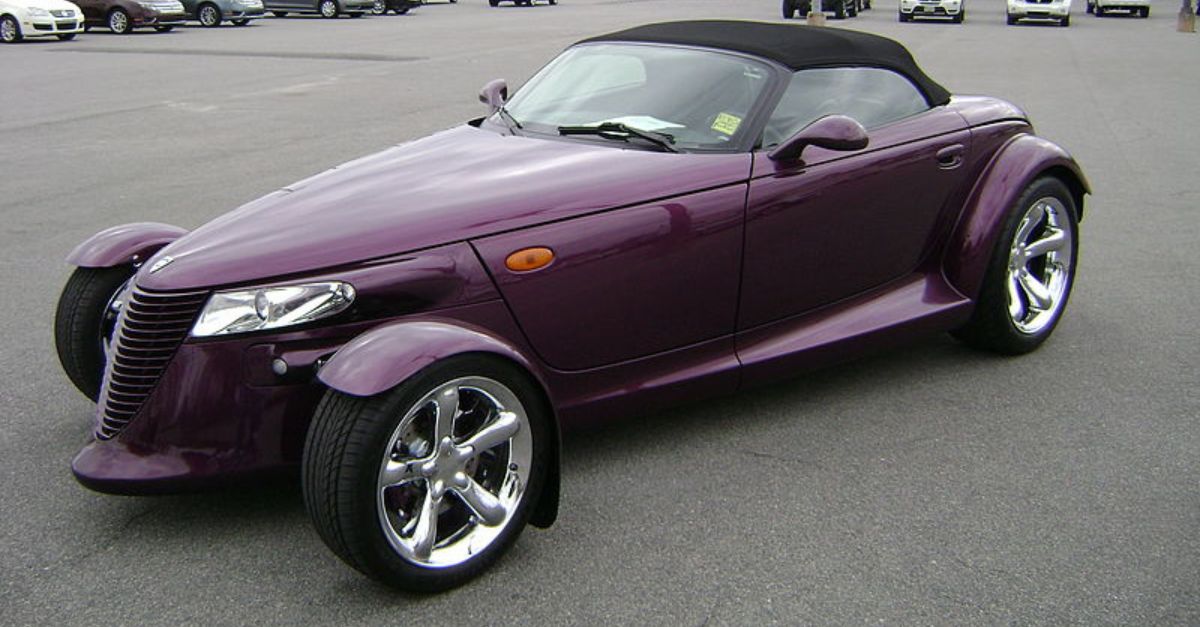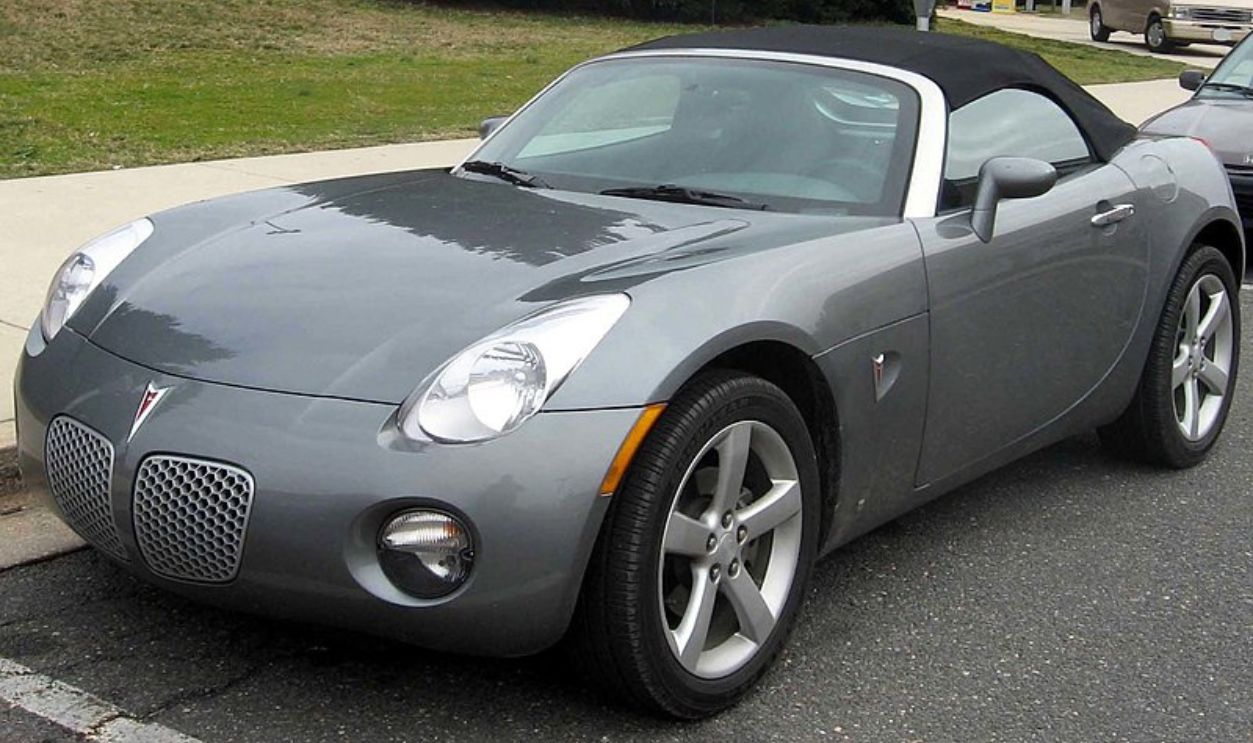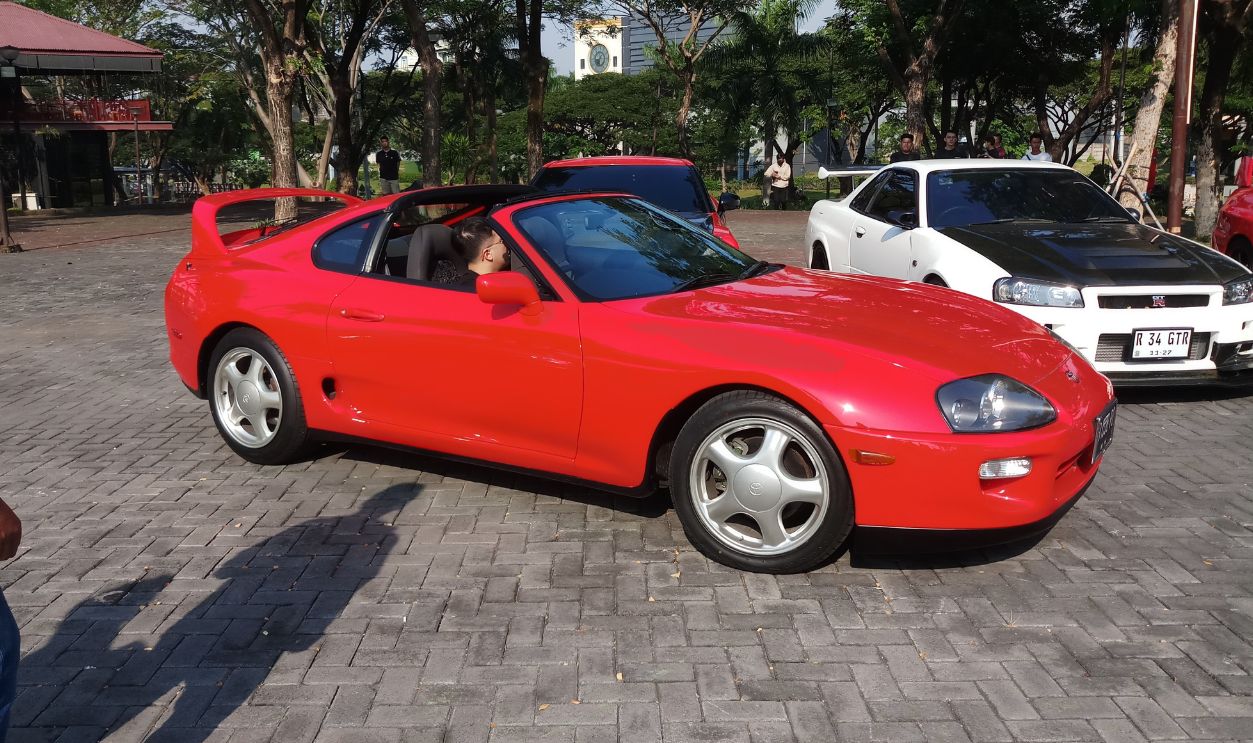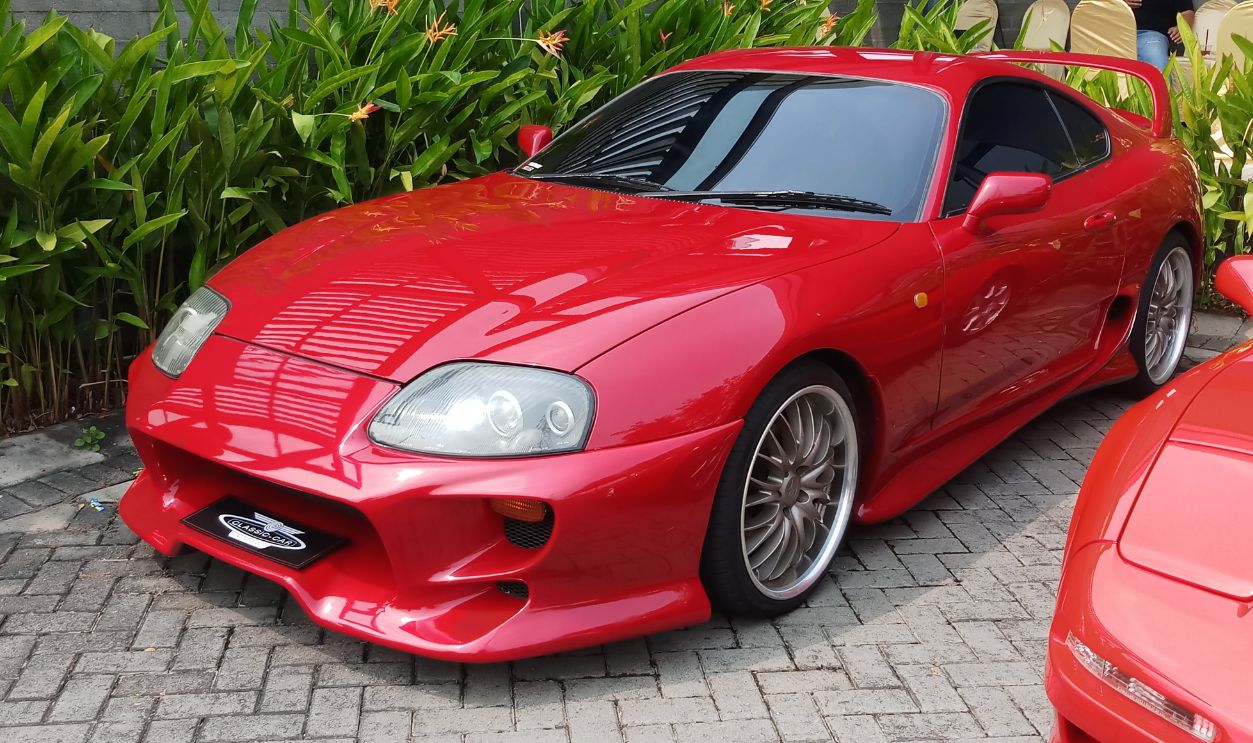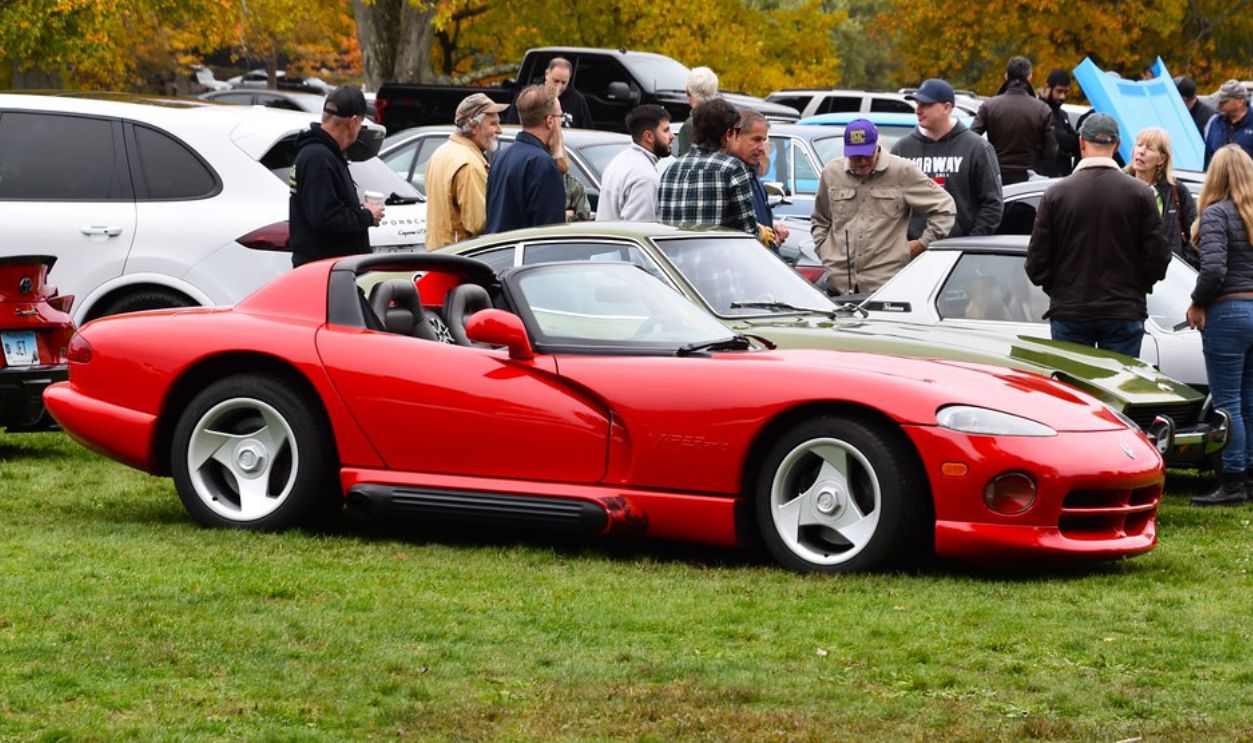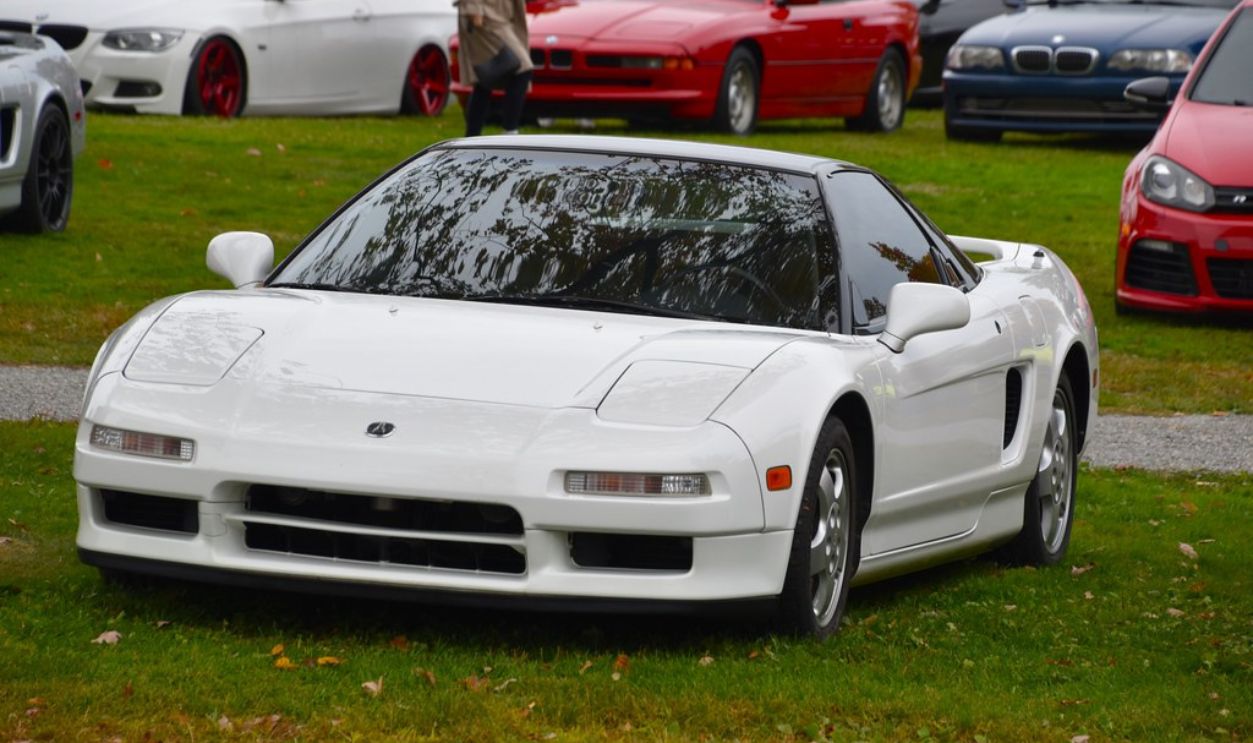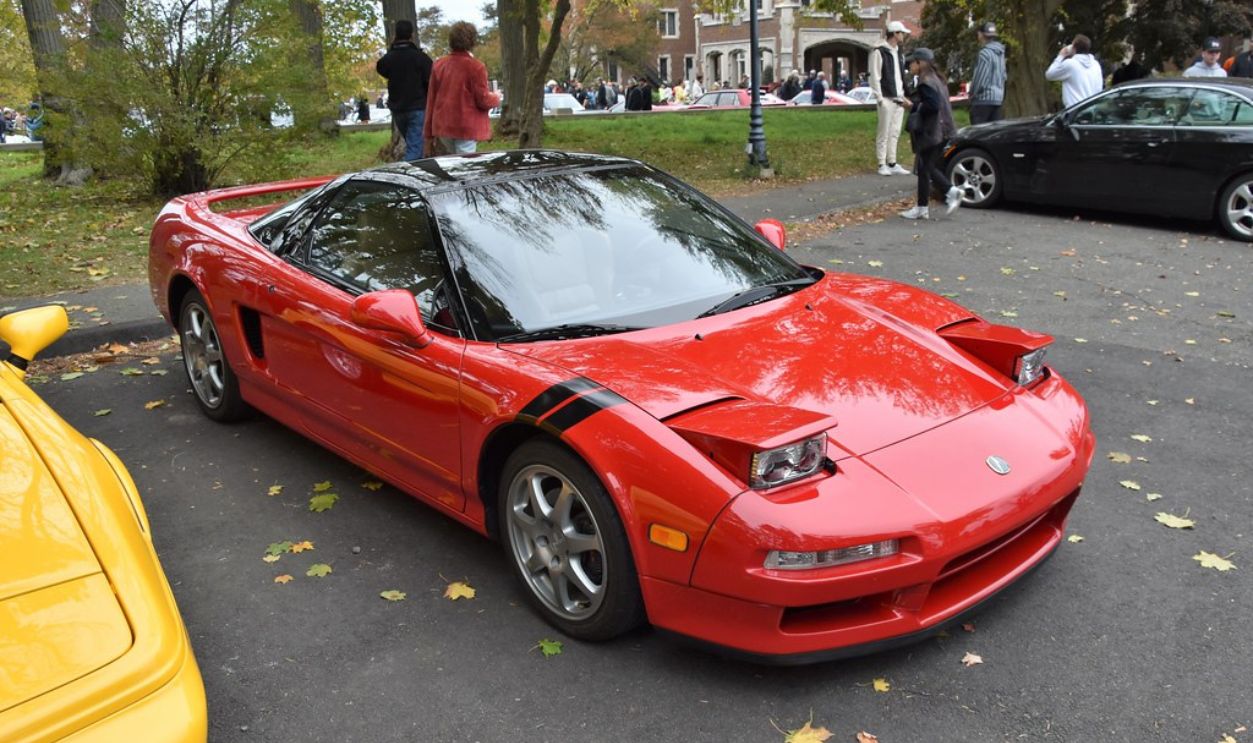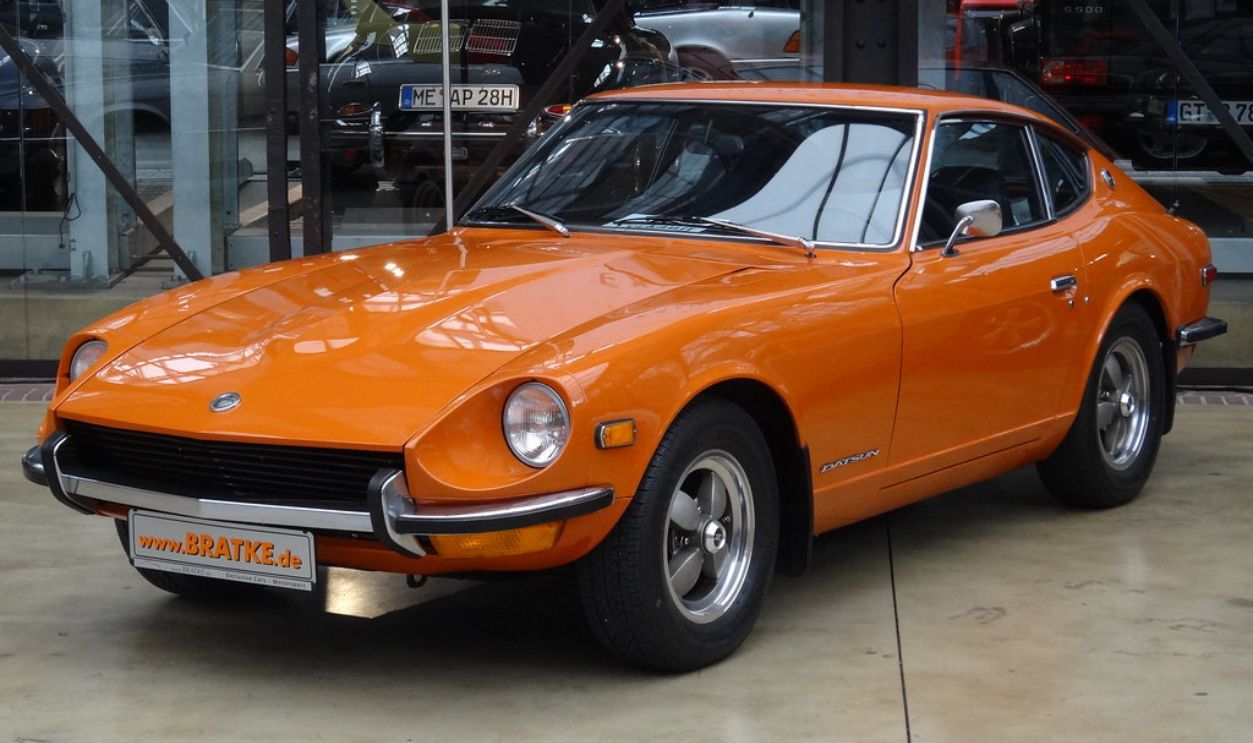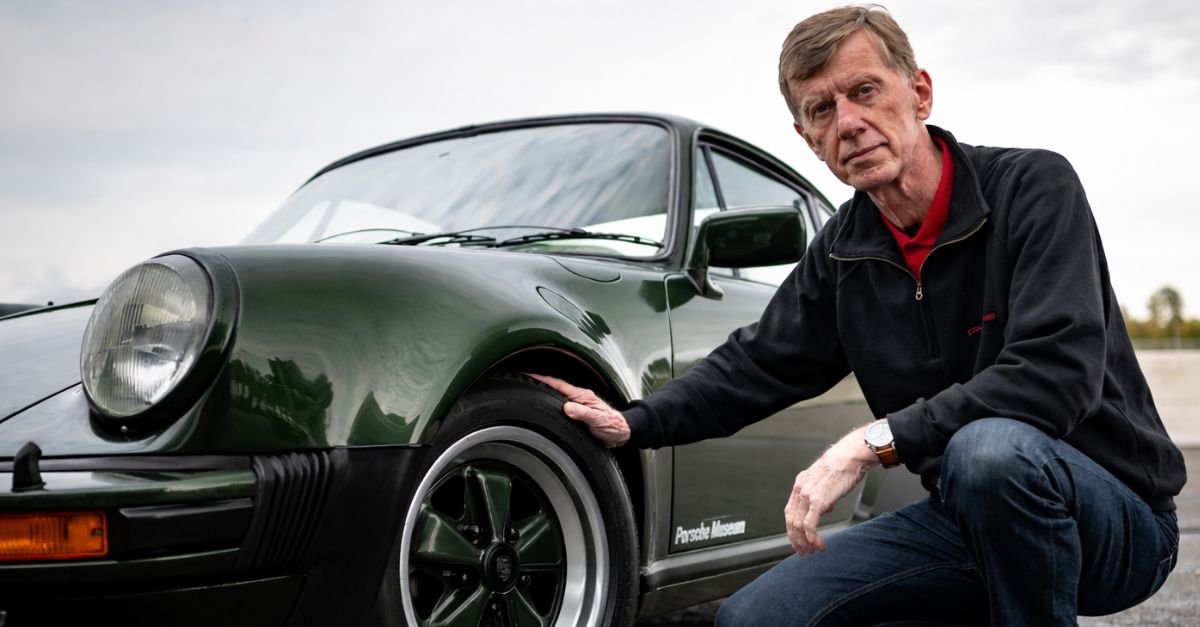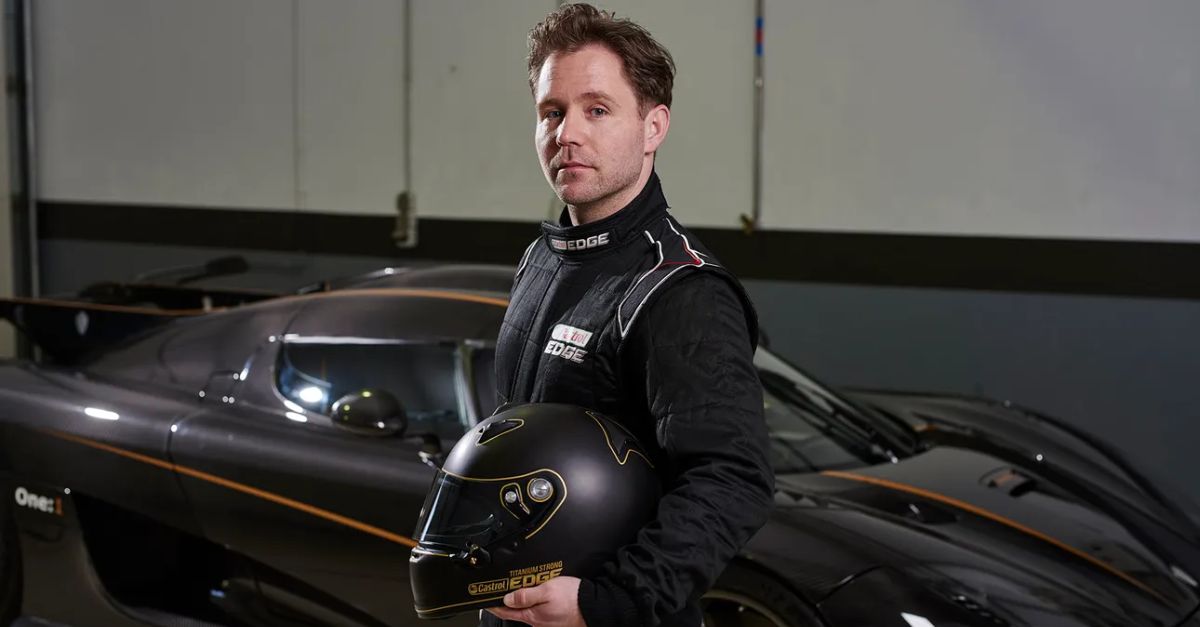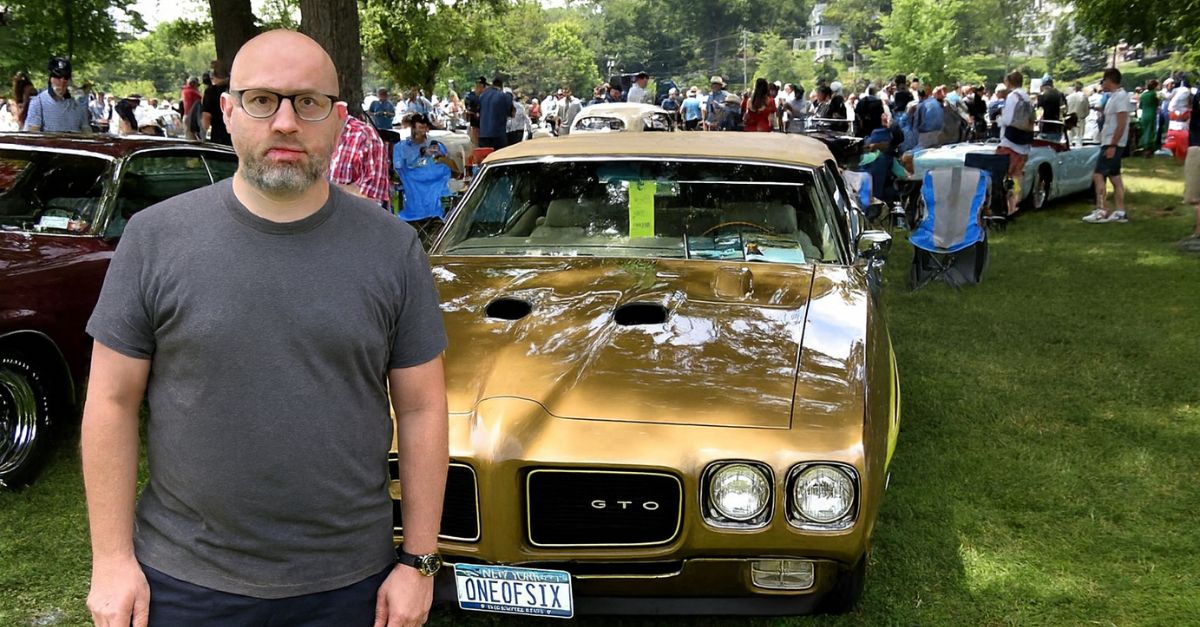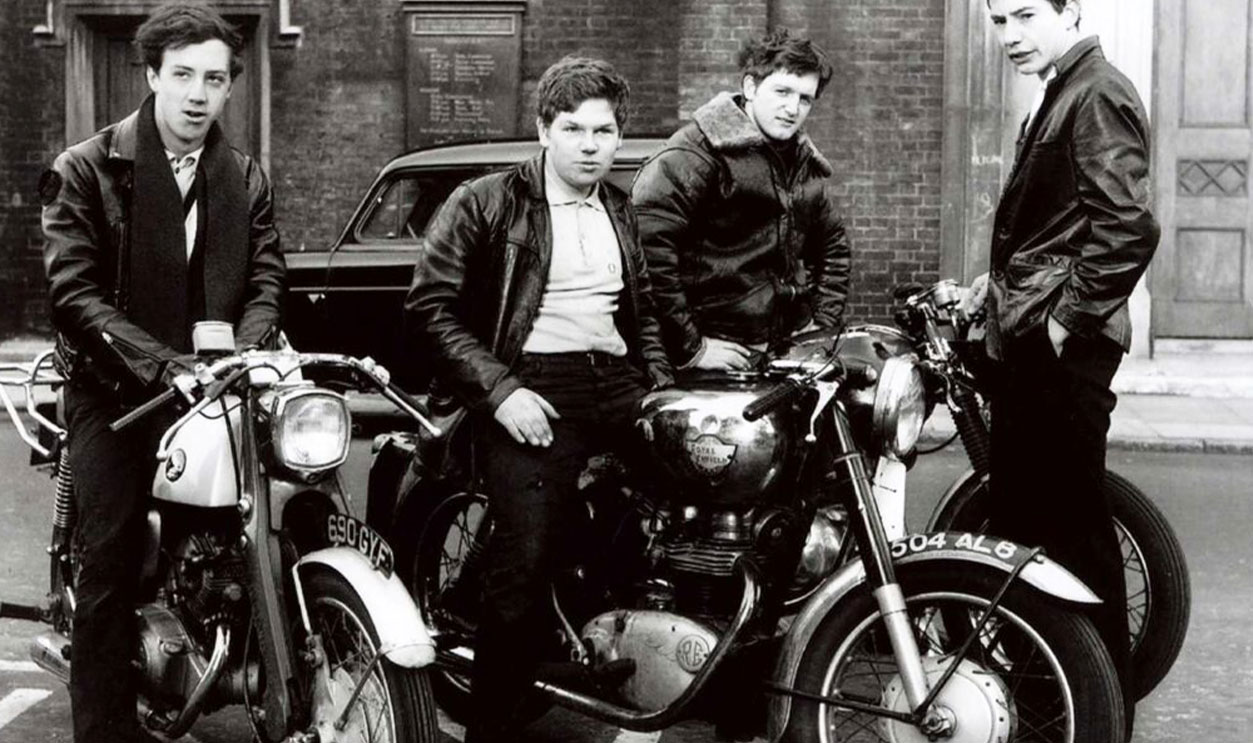The Fast & The Finished
Some of the most innovative sports cars ever built now exist only in history museums and collectors’ garages. Ahead of their time, these 16 discontinued models showed how far (and fast) car companies wanted to go but unfortunately had to “brake”.
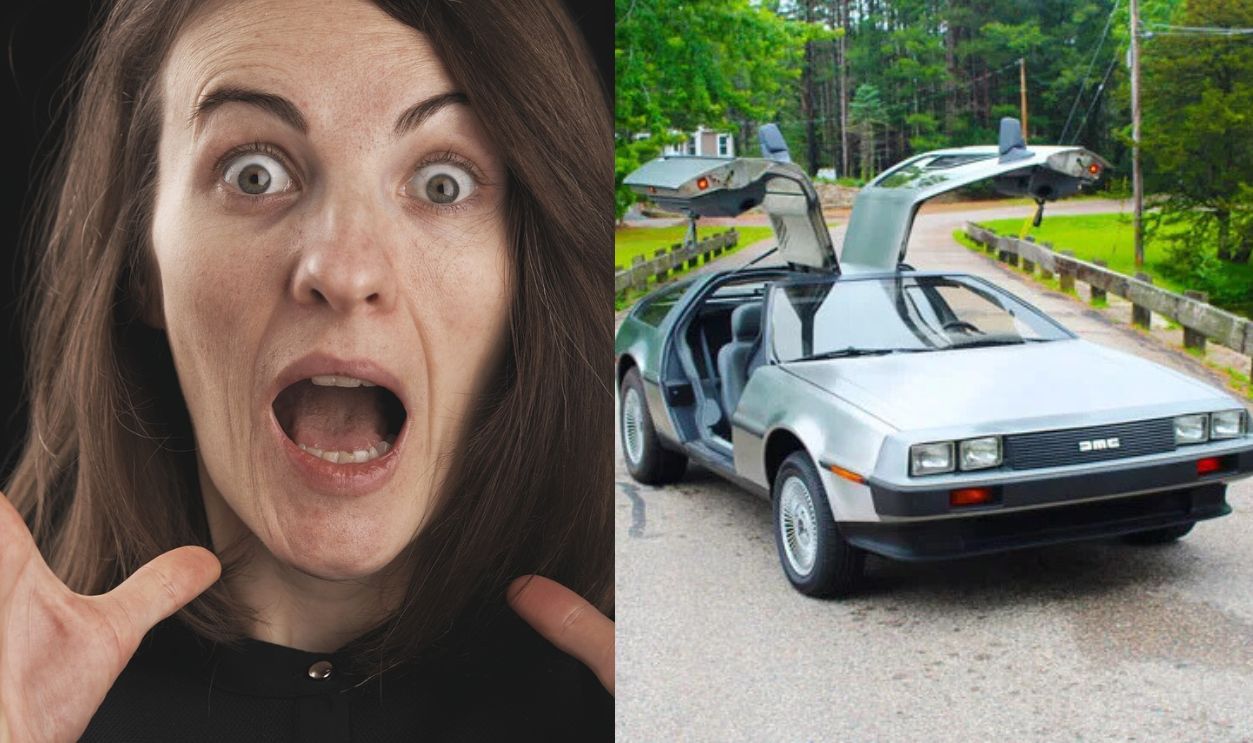
Plymouth Prowler (1997–2002)
This retro hot rod totally broke the mold when it came to design back in the day. It first dropped in a slick purple metallic and had an aluminium-heavy chassis that was ahead of its time. The 3.5L V6 engine, with an AutoStick transmission, pumped out 214 horsepower.
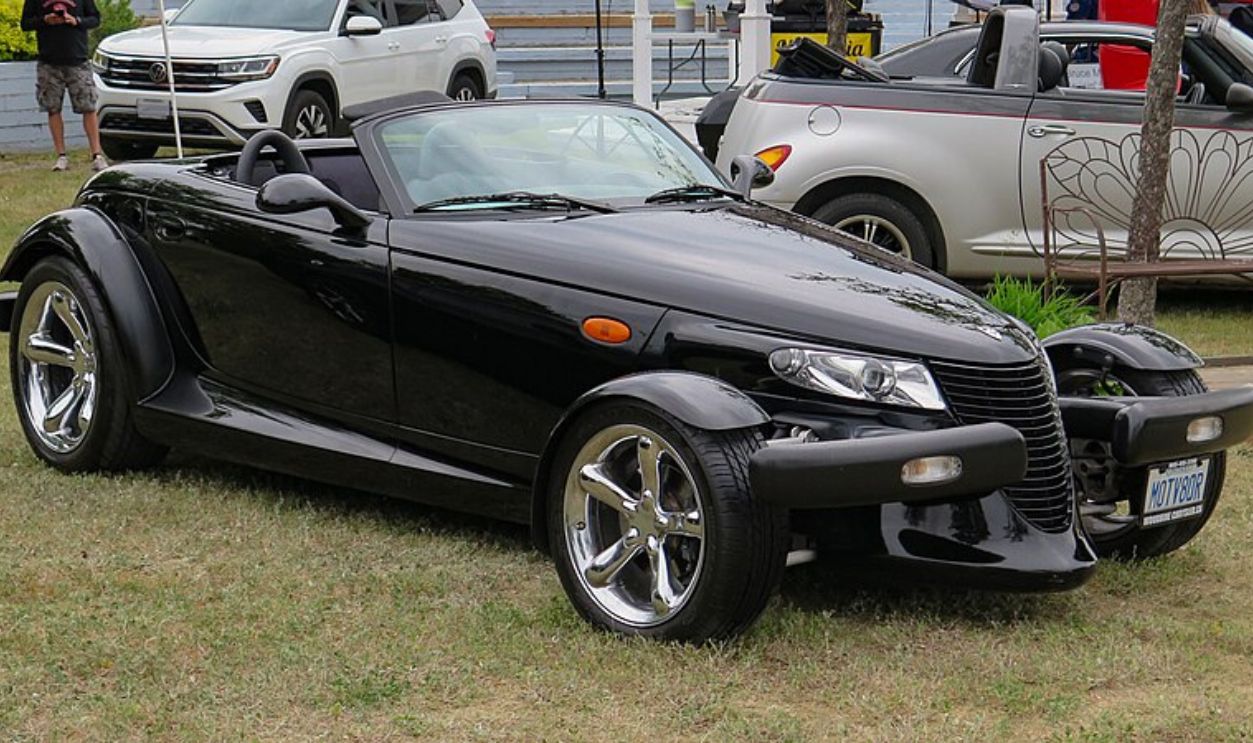 Elise240SX, CC BY-SA 4.0, Wikimedia Commons
Elise240SX, CC BY-SA 4.0, Wikimedia Commons
Plymouth Prowler (1997–2002) (Cont.)
Sure, some die-hard fans weren’t happy about the lack of V8 power and the automatic-only aspect. But each Plymouth Prowler was hand-built in Detroit. Its end came with Plymouth’s brand dissolution in 2001, although Chrysler briefly continued production.
 Bernard Spragg, CC0, Wikimedia Commons
Bernard Spragg, CC0, Wikimedia Commons
DeLorean DMC-12 (1981–1983)
John DeLorean’s dream car was built in Northern Ireland. However, the PRV V6 engine wasn’t exactly a powerhouse, so the performance was a letdown. By the end of 1981, only about 3,000 units had been sold out of a projected 30,000 per year, leading to financial losses.
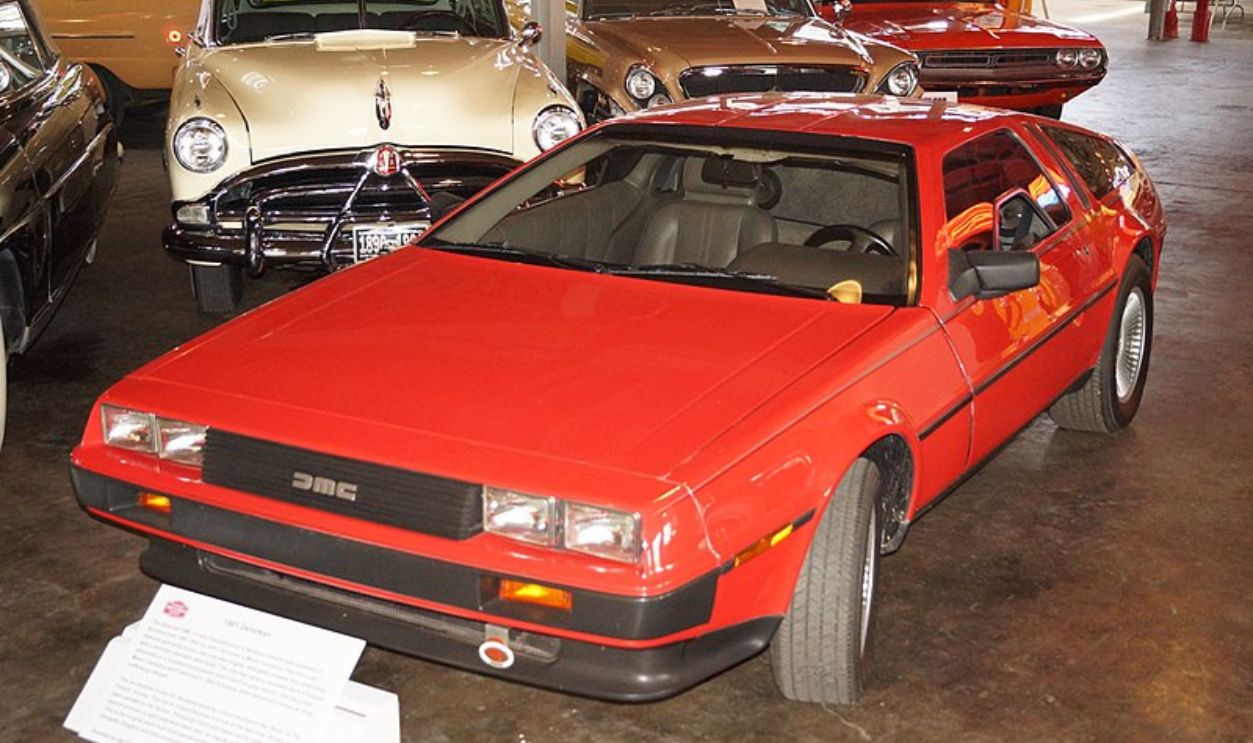 Greg Gjerdingen, CC BY 2.0, Wikimedia Commons
Greg Gjerdingen, CC BY 2.0, Wikimedia Commons
DeLorean DMC-12 (1981–1983) (Cont.)
It is said that the DMC-12 was quite an advanced car due to its several features, which included a four-wheel disc brake system, an anti-lock braking system (ABS), power windows, and central locking. The car’s design was created by the well-known Italian designer, Giorgetto Giugiaro.
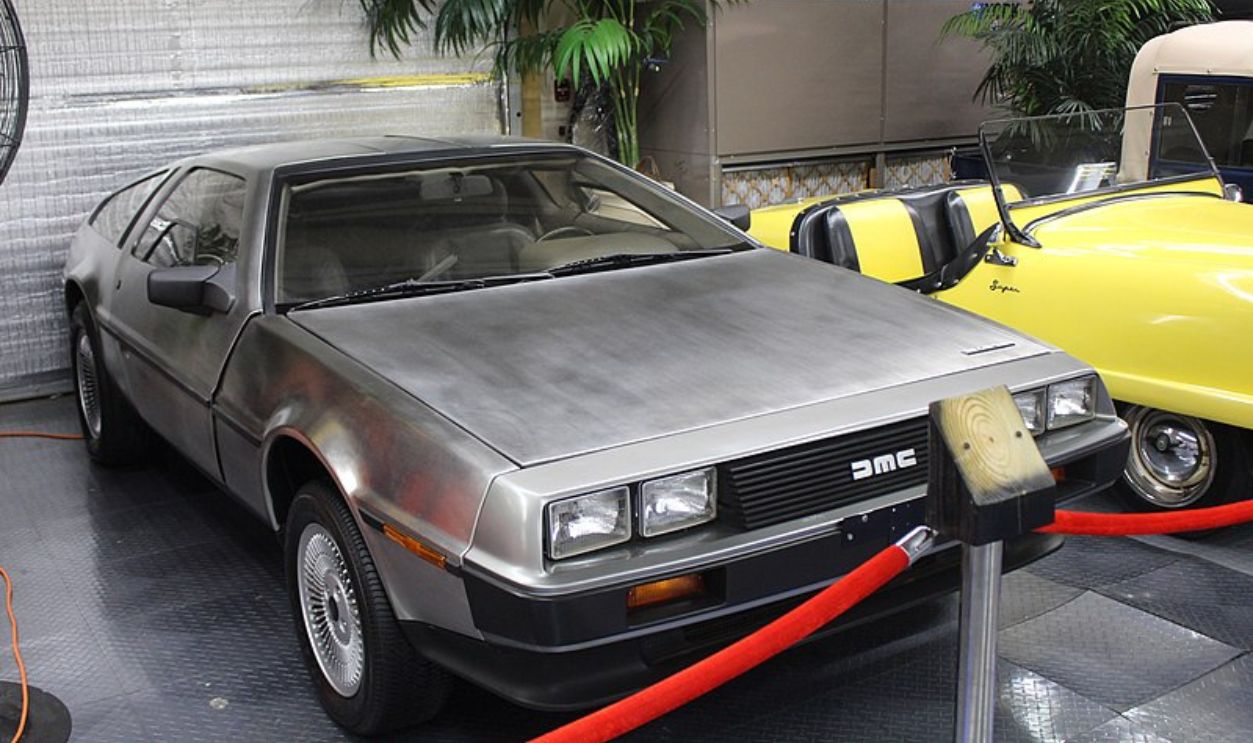 Michael Rivera, CC BY-SA 4.0, Wikimedia Commons
Michael Rivera, CC BY-SA 4.0, Wikimedia Commons
Honda S2000 (1999–2009)
The 2008 financial crisis put an end to this high-performance piece when buyers started opting for more practical cars. The Honda S2000 was nevertheless praised for its handling and balance on the road. It had a 50:50 weight distribution with a front-mid engine setup.
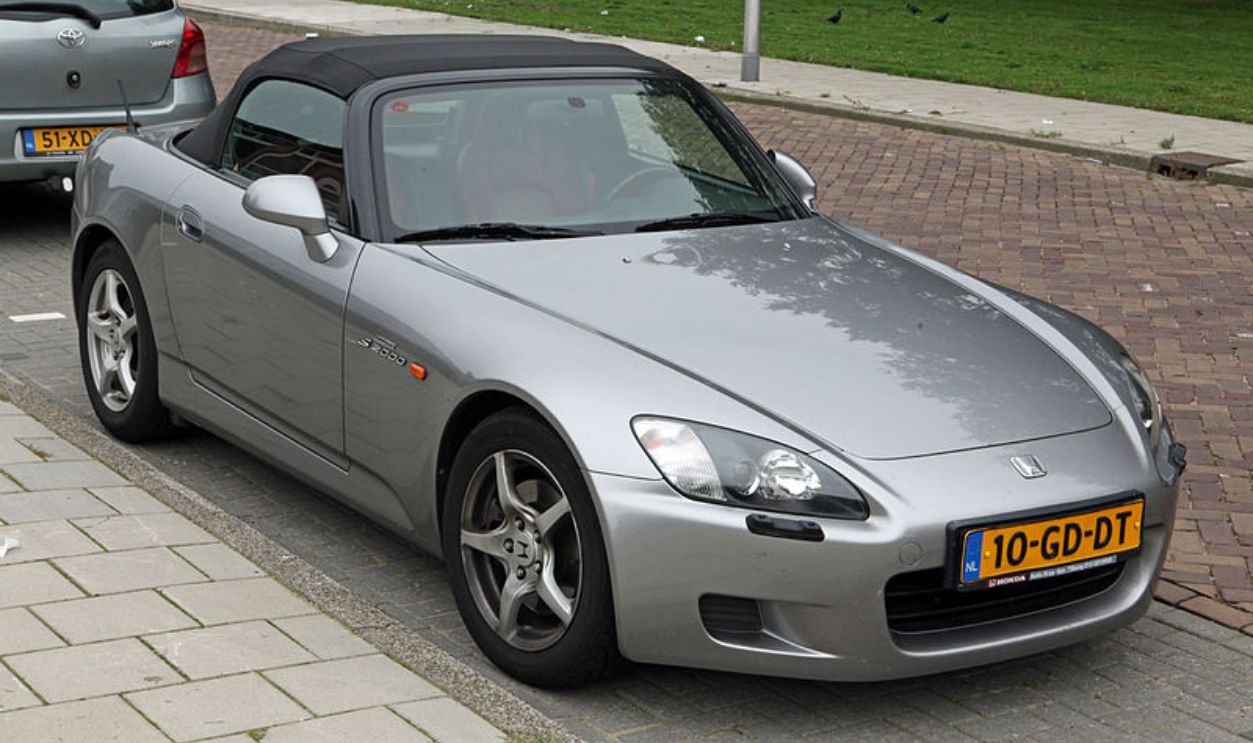 free photos & art, CC BY 2.0, Wikimedia Commons
free photos & art, CC BY 2.0, Wikimedia Commons
Honda S2000 (1999–2009) (Cont.)
The car got many updates during its production, like when the AP2 version came out in 2004. This one had a bigger 2.2-liter engine (F22C) that gave it better low-end torque but still kept that high-revving power. One notable special edition was the Club Racer (CR).
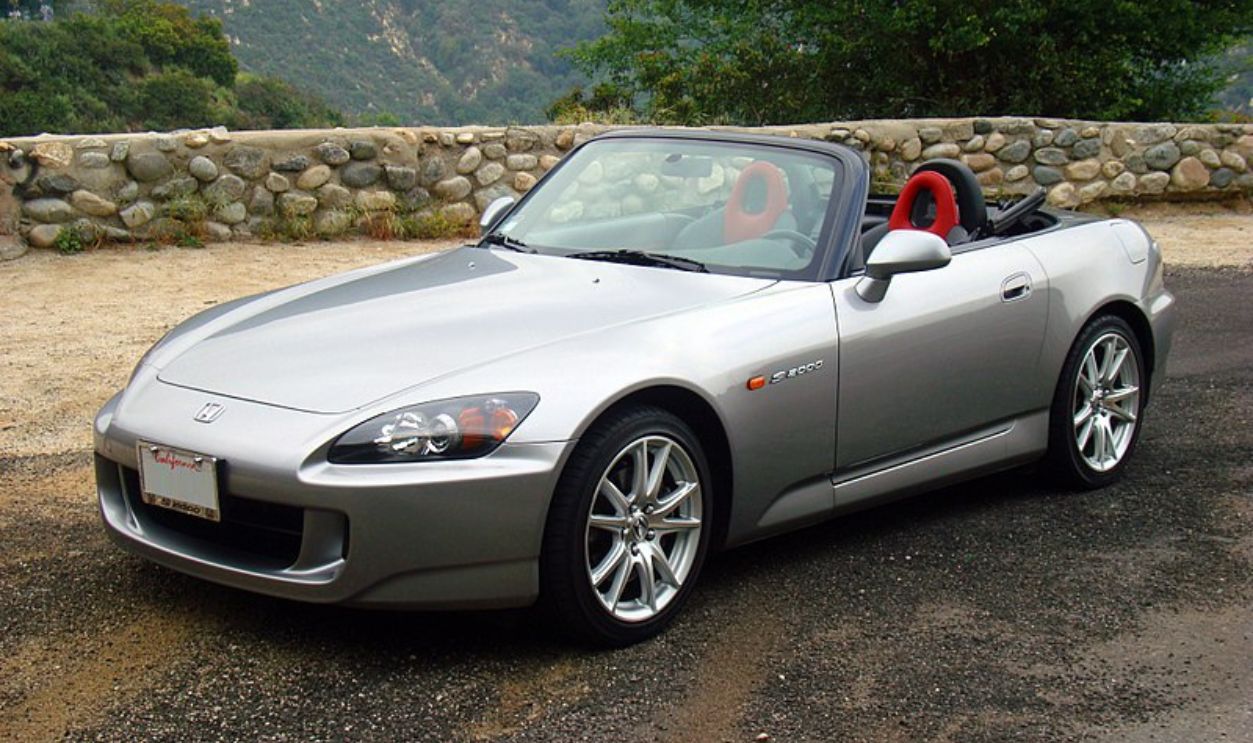 Rich Niewiroski Jr., CC BY 2.5, Wikimedia Commons
Rich Niewiroski Jr., CC BY 2.5, Wikimedia Commons
Pontiac Solstice (2005–2010)
Pontiac Solstice was built on the GMC Kappa platform, which it shared with models like the Saturn Sky and Opel GT. It was a project started by Bob Lutz. The base model came with a 2.4-liter inline-4 engine (LE5) that produced 177 horsepower and 166 lb-ft of torque.
Pontiac Solstice (2005–2010) (Cont.)
General Motors (the parent company) went bankrupt in 2009, which led to the end of Pontiac and the Solstice, even though they were selling well. The Wilmington Assembly plant also had a couple of complicated manufacturing issues. However, it was nominated for the North American Car of the Year Award (2006).
 Elise240SX, CC BY-SA 4.0, Wikimedia Commons
Elise240SX, CC BY-SA 4.0, Wikimedia Commons
TVR Cerbera (1996–2003)
Here is a British sports car that had an AJP8 engine that was designed in-house by TVR. The 4.2L V8 cranked out 420 horsepower and had a 2-door 2+2 coupé body style. In August 2006, the company held an online auction for what it called “The Last Cerbera”.
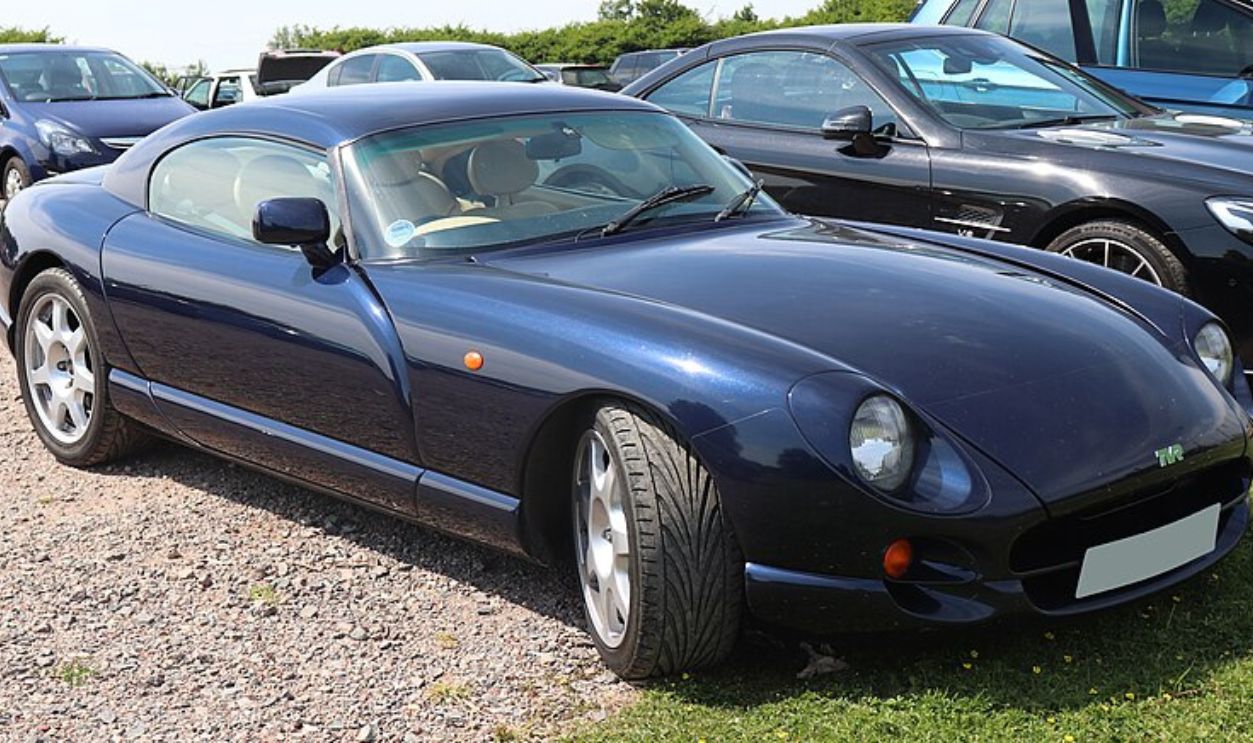 Vauxford, CC BY-SA 4.0, Wikimedia Commons
Vauxford, CC BY-SA 4.0, Wikimedia Commons
TVR Cerbera (1996–2003) (Cont.)
TVR went through some ownership changes. It even got under Russian ownership but then ended up in a bad financial shape. Eventually, they shut down the factory in Devon as part of a restructuring process. Also, the Speed Six engine required multiple rebuilds.
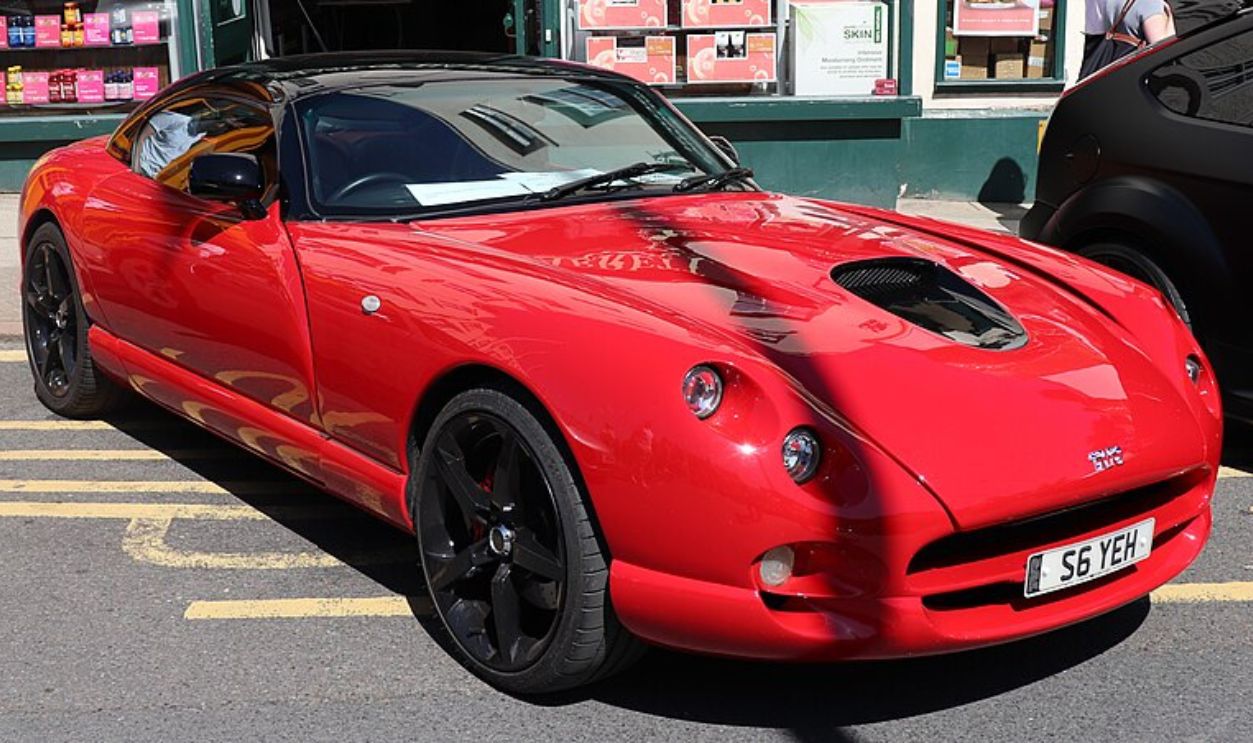 Vauxford, CC BY-SA 4.0. Wikimedia Commons
Vauxford, CC BY-SA 4.0. Wikimedia Commons
Mazda RX-8 (2003–2012)
Mazda’s last rotary sports car had freestyle doors and enough room for four people. But it had its issues, like using too much oil, flooding problems, and not having the greatest fuel economy. This car was powered by a 1.3-liter Wankel rotary engine, known as the Renesis.
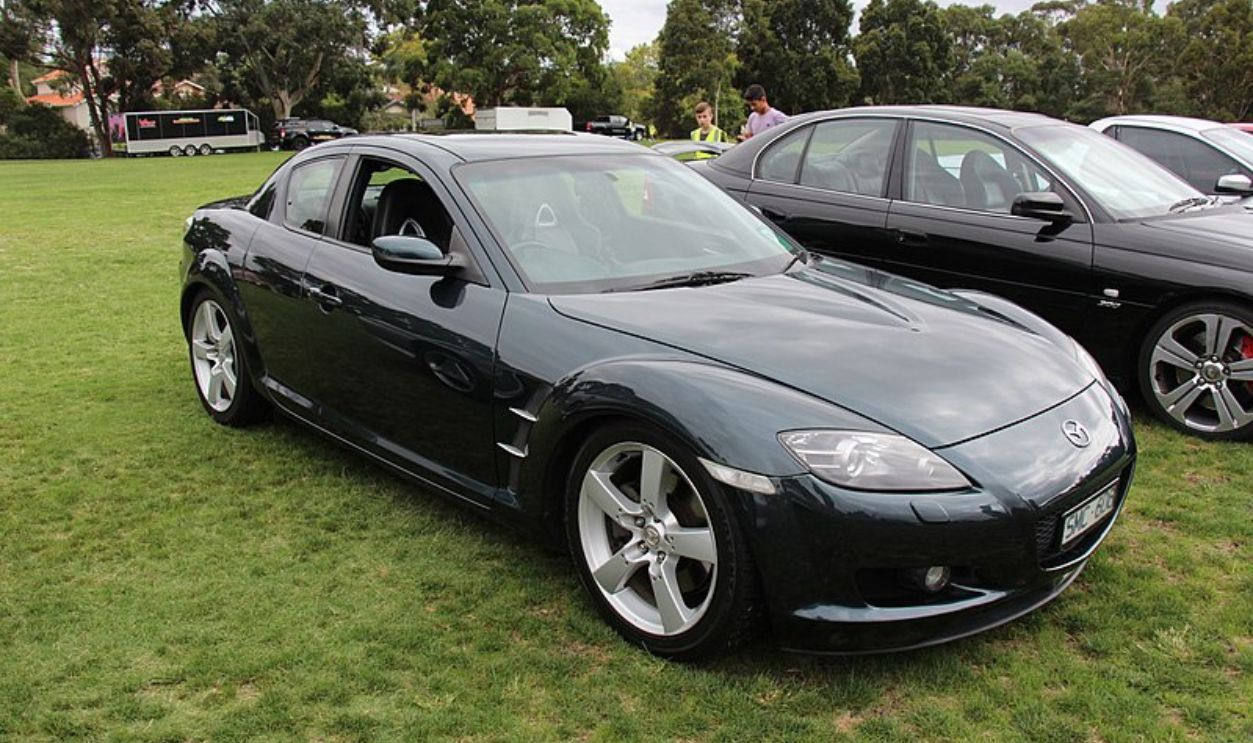 Sicnag, CC BY 2.0, Wikimedia Commons
Sicnag, CC BY 2.0, Wikimedia Commons
Mazda RX-8 (2003–2012) (Cont.)
It could rev from 0 to 60 mph in approximately 6.5 seconds, with a top speed around 146 mph. The RX-8 ended up getting pulled from shelves in 2010. It had a tough time in the market because of strict emissions rules, especially in Europe.
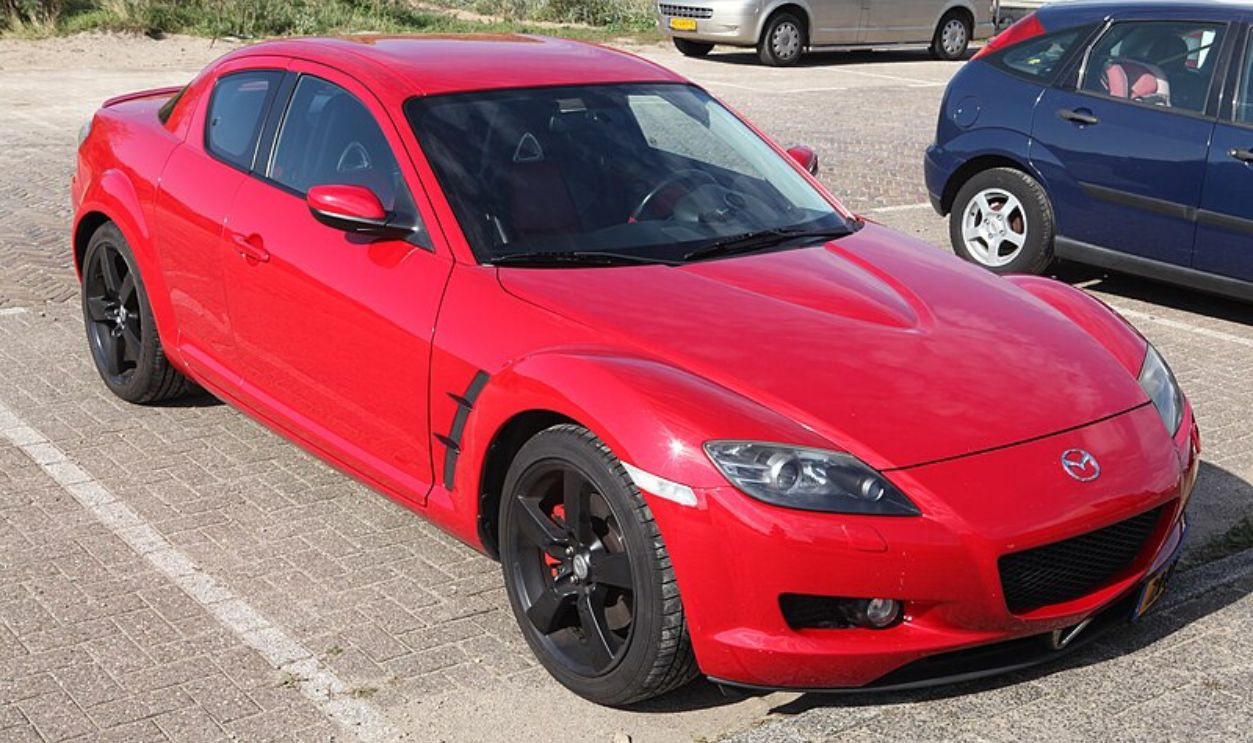 free photos & art, CC BY 2.0, Wikimedia Commons
free photos & art, CC BY 2.0, Wikimedia Commons
Toyota Supra MK4 (1993–2002)
The iconic fourth-generation Supra highlighted Toyota’s supremacy with its 2JZ-GTE twin-turbo engine. These cars could easily handle serious power upgrades, and even in stock form, they produced around 320 horsepower.
Toyota Supra MK4 (1993–2002) (Cont.)
In 1998, California implemented strict rules on emissions with the Low-Emission Vehicle (LEV) II program. This is seen as one reason for the decline. By 2002, when the MK4 Supra wrapped up its production, only 24 of them were sold in the U.S.
Dodge Viper RT/10 (First Gen 1992–1995)
In 2013 and 2014, production of the Dodge Viper RT/10 was cut back because sales were sluggish. In April 2014, it even stopped for over two months because of growing inventory. This drop in sales made it harder for Fiat Chrysler Automobiles (FCA) to continue making more cars.
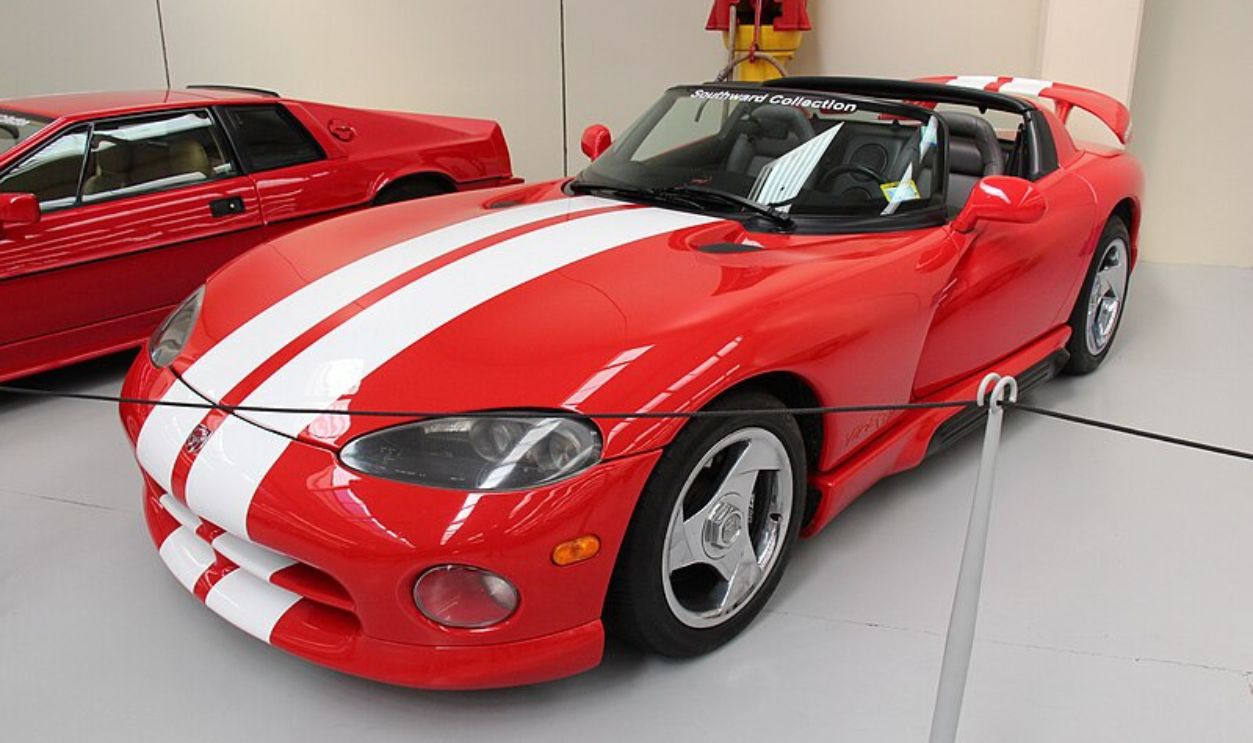 Sicnag, CC BY 2.0, Wikimedia Commons
Sicnag, CC BY 2.0, Wikimedia Commons
Dodge Viper RT/10 (First Gen 1992–1995) (Cont.)
The Dodge Viper RT/10 was made from 1992 to 1995, and around 5,988 of them were built during those years. It had an 8.0-liter V10 engine that was developed with assistance from Lamborghini. This engine produced 400 horsepower and 465 lb-ft of torque.
Mitsubishi 3000GT VR-4 (1990–2000)
Originally, this car came with a 5-speed manual transmission, but starting in 1994, the newer models switched to a 6-speed manual transmission made by Getrag. By 1999, sales had dropped to around 3,400 units. There was no sufficient demand, with the sports car market dropping.
 order_242, CC BY-SA 2.0, Wikimedia Commons
order_242, CC BY-SA 2.0, Wikimedia Commons
Mitsubishi 3000GT VR-4 (1990–2000) (Cont.)
As an all-wheel-drive sports car, it had active aerodynamics and four-wheel steering. Plus, the 3.0-litre twin-turbo V6 pumped out 300 horsepower with a DOHC design. The 3000GT VR-4 could easily accelerate from 0 to 60 mph in about 5.0 seconds.
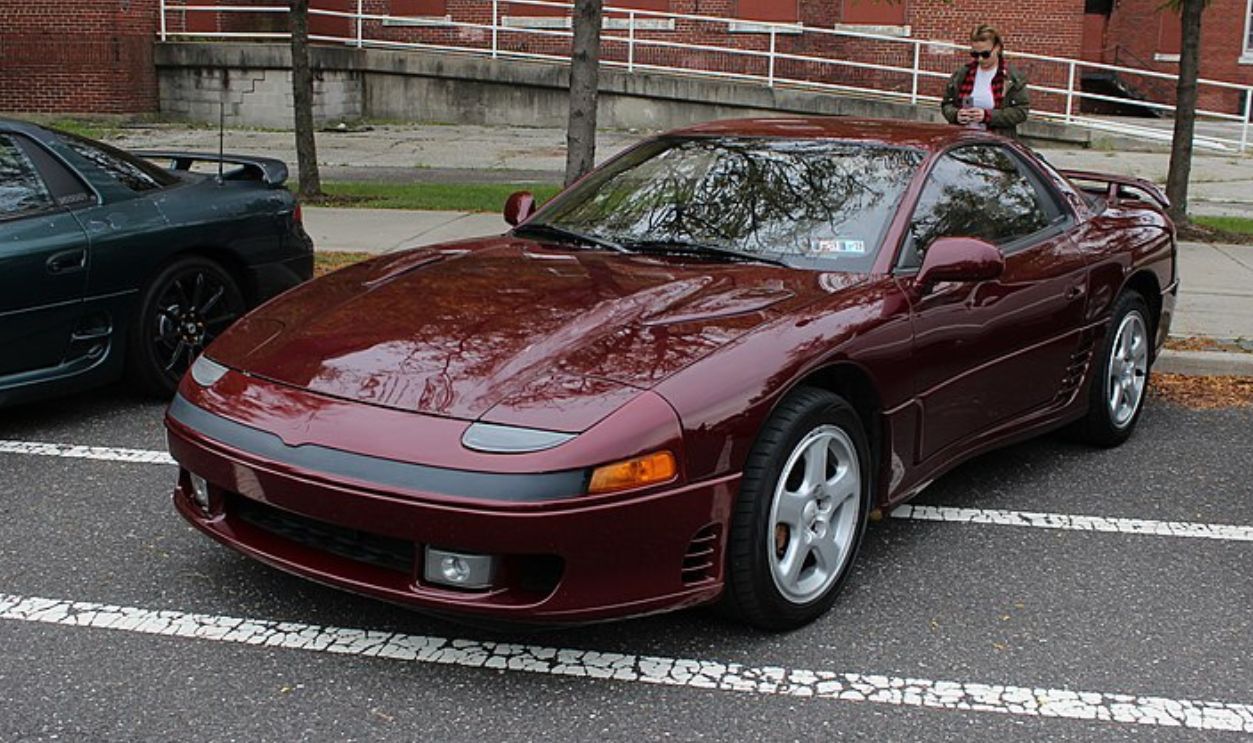 Jacob Frey 4A, CC BY 2.0, Wikimedia Commons
Jacob Frey 4A, CC BY 2.0, Wikimedia Commons
Acura NSX (First Generation 1990–2005)
Honda’s supercar went head-to-head with Ferrari, with an aluminum design and the kind of reliability you’d actually want for everyday driving. It had a 3.0L VTEC V6 engine placed in the middle with inputs from Ayrton Senna. But then, after costs for upgrades shot up, sales started to decline.
Acura NSX (First Generation 1990–2005) (Cont.)
The use of an all-aluminum chassis and high-quality materials contributed to its high price. The first NSX had a 3.0-liter V6 engine that gave about 270 horsepower and 210 lb-ft of torque. The NSX was designed by a crew led by Masahito Nakano.
Nissan 300ZX Twin Turbo (1989–1996)
The advanced tech and features of the 300ZX, like its twin-turbo engine and sophisticated suspension systems, ended up making it more expensive to produce. It featured Super HICAS (High Capacity Actively Controlled Steering), which provided four-wheel steering and an adjustable two-mode suspension system.
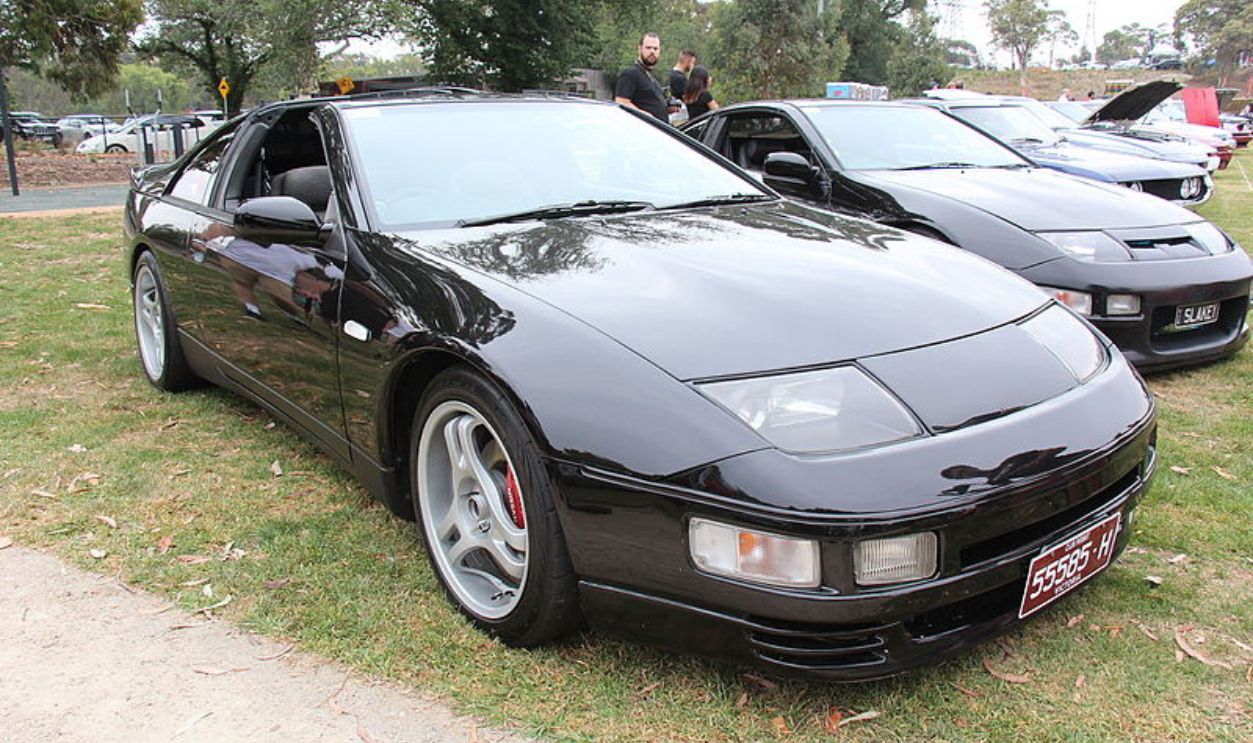 Sicnag, CC BY 2.0, Wikimedia Commons
Sicnag, CC BY 2.0, Wikimedia Commons
Nissan 300ZX Twin Turbo (1989–1996) (Cont.)
It could move from 0 to 60 mph in about 5.0 to 5.6 seconds, with the max speed electronically limited to around 155 mph. The standard transmission was also a 5-speed manual. Nissan 300ZX Twin Turbo produced approximately 300 horsepower at 6,400 RPM.
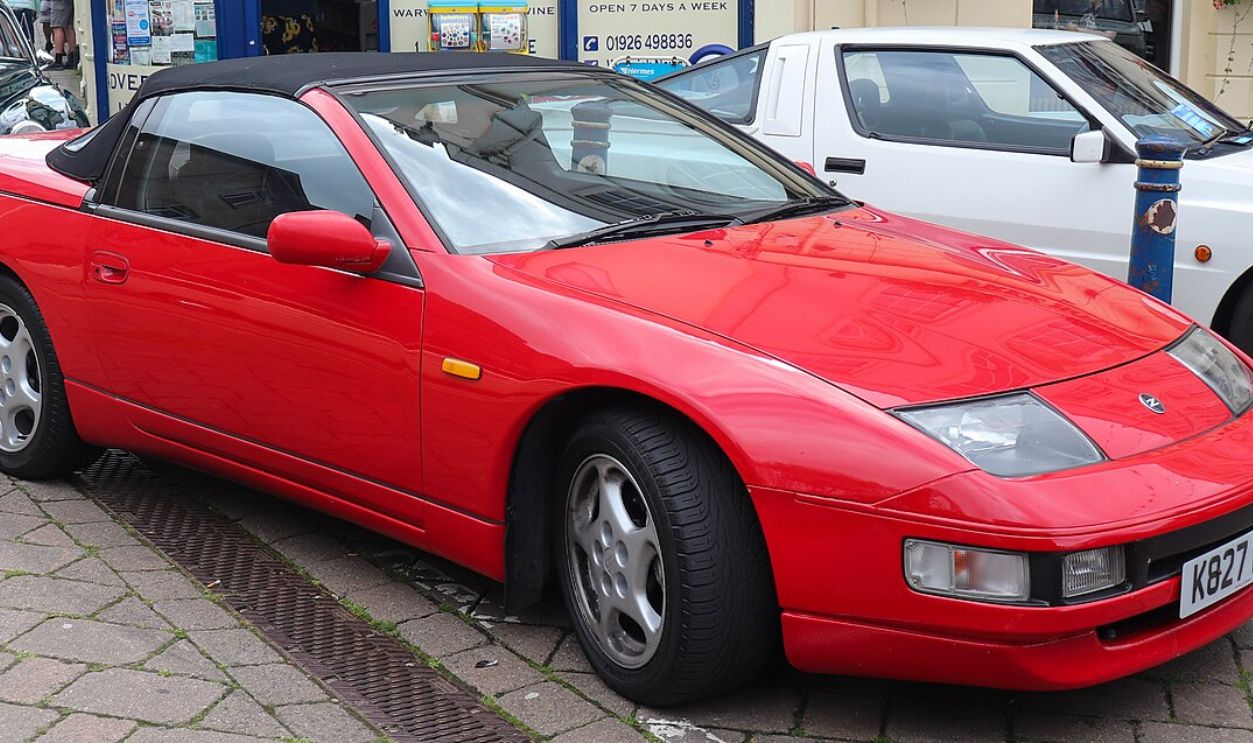 Vauxford, CC BY-SA 4.0, Wikimedia Commons
Vauxford, CC BY-SA 4.0, Wikimedia Commons
Datsun 240Z (1969–1973)
Datsun 240Z was inspired by European models like the Jaguar E-Type. It had a long hood, a fastback design, and a lightweight body. However, the car faced tightening federal emissions and safety regulations in the United States. It has been part of the East African Safari Rally.
Datsun 240Z (1969–1973) (Cont.)
This car was replaced by the Datsun 260Z and Datsun 280Z, which had better engine enhancements. What’s worth mentioning is that the Datsun 240Z was an instant hit, as it sold 16,215 units in its first year in the U.S. and reached sales of 45,588 units by 1972.
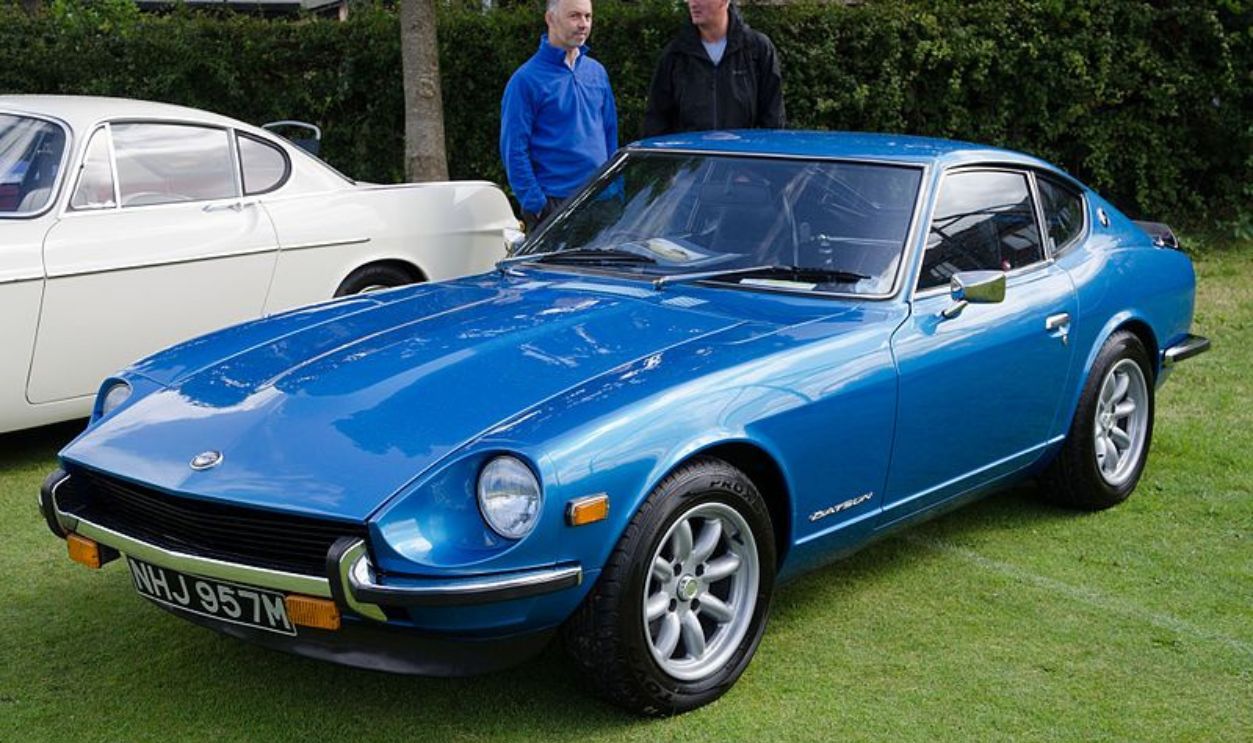 SG2012, CC BY 2.0, Wikimedia Commons
SG2012, CC BY 2.0, Wikimedia Commons
Aston Martin Virage (1989–2000)
Classy and well-known, the Virage was first presented at the Birmingham Motor Show in 1988 and was powered by a 5.3-liter V8 engine with 32 valves. Later, it was taken off the US market in 1993 because it didn’t meet the emissions standards set by the Clean Air Act.
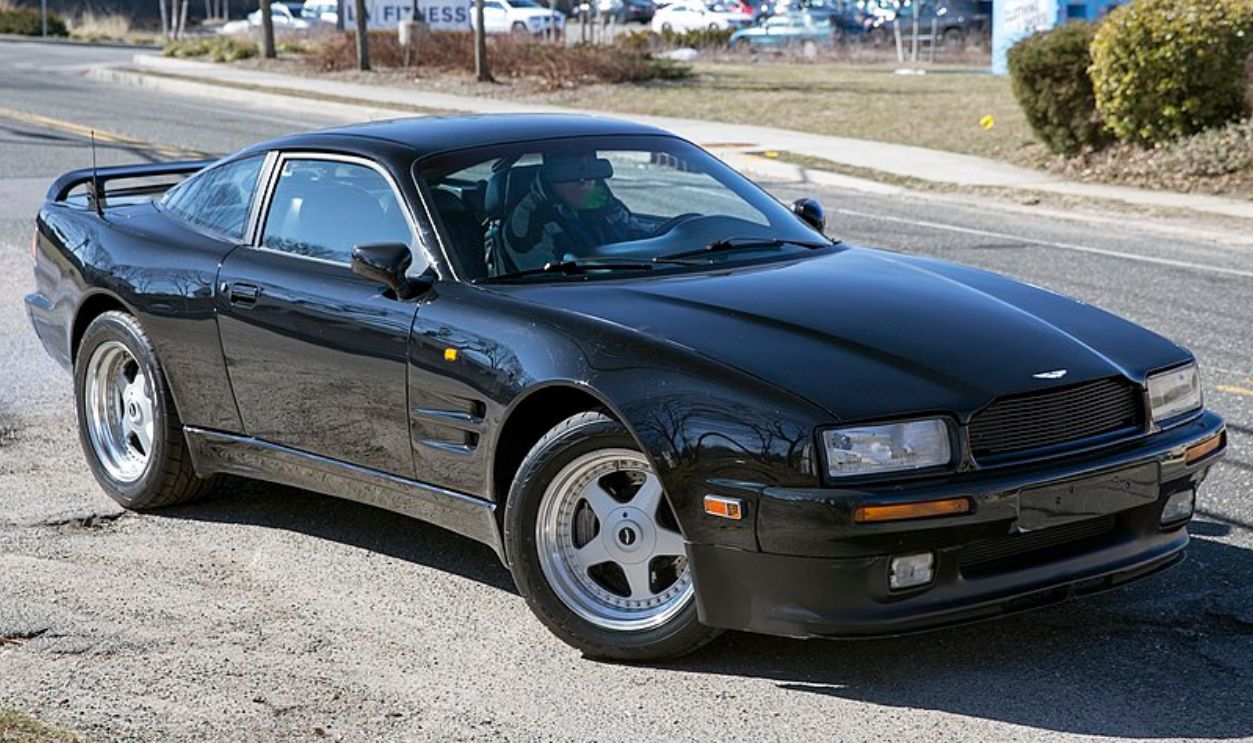 Mr.choppers, CC BY-SA 3.0, Wikimedia Commons
Mr.choppers, CC BY-SA 3.0, Wikimedia Commons

